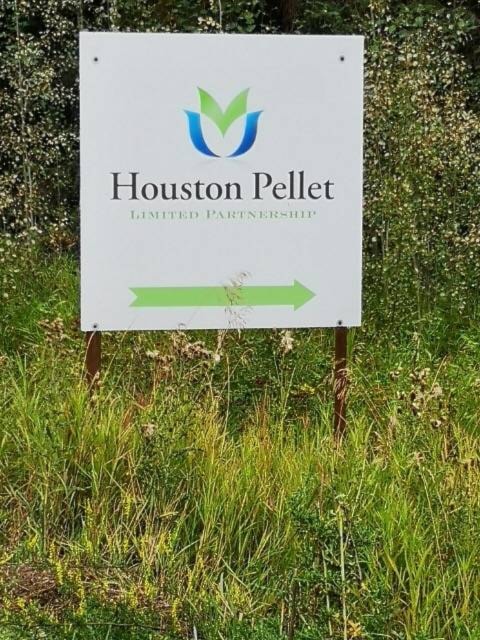The Houston Pellet Plant has so far been able to find enough material to fill the gap caused by the Canfor mill’s temporary closures which began late last year, a challenge that will continue as the mill is now shifting to a four-day week schedule.
“We have been able to find fibre to keep the plant at full production but it has meant transitioning from sawmill residuals to harvest residuals. We are chipping low grade logs that cannot be used as sawlogs, cant logs or pulp logs,” says Jason Fisher, a vice president of Pinnacle Pellet, a 30 per cent owner of the plant and its operator.
He said the need to find sources other than sawmill waste is company-wide as mills across B.C. have either closed outright or have been curtailing operations.
“This is a challenge that we have been addressing across BC in response to curtailments and closures. We have filled the gap in our supply by using more harvest residuals vs. sawmill residuals during this period,” Fisher added.
“It is important to note that Houston Pellet is a partnership between Pinnacle Renewable Energy and Canfor and Canfor has been working with us to mitigate the impact of their schedule changes.”
Fisher did say the search for material for the pellet plant has meant going farther afield than previously.
“During the first half of 2019, our team has more than tripled deliveries of harvest biomass (such as forest fire damaged or beetle killed trees, tree tops and limbs) to our B.C. facilities in response to curtailments,” he said.
“While the sawmill curtailments have been impactful, our long-term fibre procurement strategy has ensured that we are able to continue consistent operation of all facilities.”
Opened in 2007, the plant has been primarily feeding off the residuals of Canfor’s sawmill located next door. It’s 60 per cent owned by Canfor and 10 per cent by the Moricetown Indian Band.
Its annual production capacity is 230,000 metric tonnes, requiring the same quantity of oven-dried tonnes of biomass which is then compressed into pellets.
Pinnacle Renewable Energy is the third largest company of its kind in world and now has eight pellet-producing plants in western Canada with the first one being in Quesnel and the latest opening in Smithers last year. It also has one plant in Alabama.
Pinnacle’s customers use the pellets to fire large-scale thermal power generation plants.
The company’s shift to fibre from logging sites comes at a time when the provincial governmnet has been mandating that far less waste be left once merchantable timber is removed.
It is now charging triple stumpage, the fee to log Crown timber, on any wood left behind that is deemed to be economically viable.
“The key is ensuring that those policy changes are applied where there is an economic analysis that it’s economical to bring that wood out,” said forests minister Doug Donaldson in a recent interview.
(With files from Tom Fletcher, Black Press Media)
